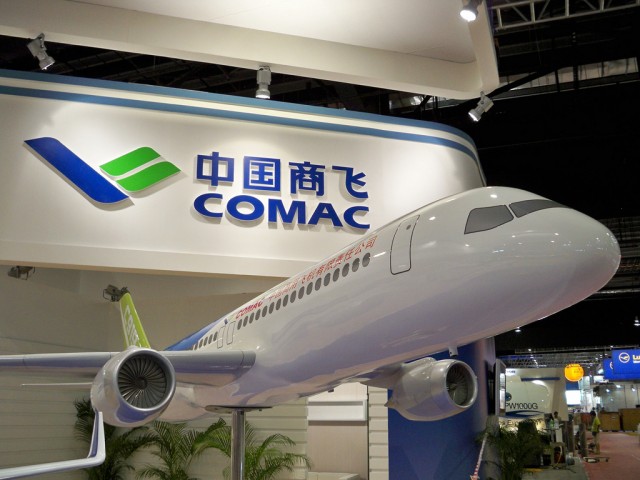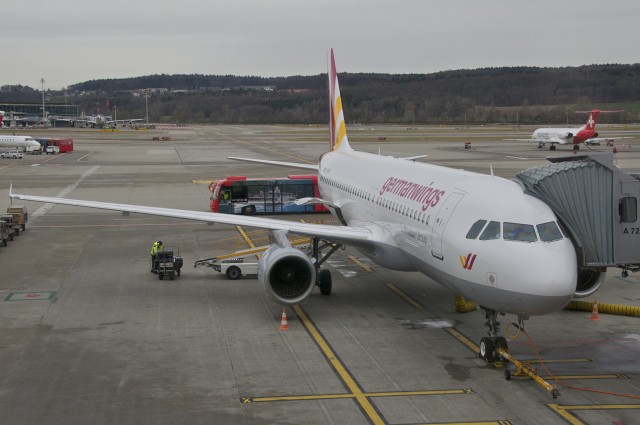
This is the Germanwings Airbus A320 (D-AIPX) involved in the crash, seen on 3/14/15 at Zurich Airport – Photo: Aero Icarus | Flickr CC
Today, a Germanwings Airbus A320 (registration D-AIPX) crashed in the Alps in southeastern France. The aircraft was carrying 144 passengers and six crew members and there are no survivors. The flight left at about 10:01am local time from Barcelona and was on its way to Dusseldorf. The crash happened near the village of Prads-Haute-Bleaone, at an altitude of about 6,550 feet. The search will be difficult, since the plane crashed in a remote, mountainous area.
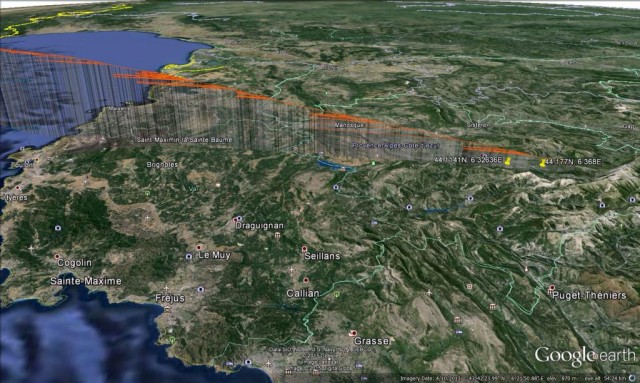
The descent of flight 9525 – Image: Google Earth | @GueardedDon
According to FlightAware, it appears that flight 9525 descended in a controlled manner from 38,000 feet at 1500 to 4000 fpm. The aircraft hit cruise altitude at about 10:45am and then started descent at 10:46am and lost contact with Air Traffic Control (ATC) at about 10:53am.
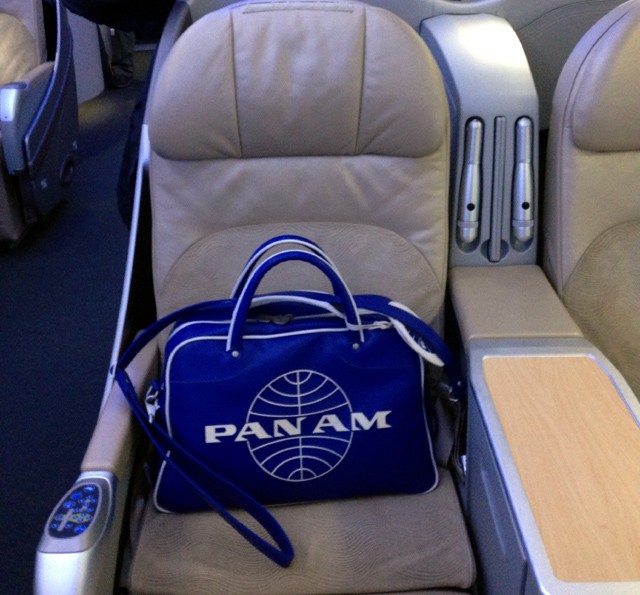
This is how I normally like to fly – in my own business class seat – Photo: Bag’s Human
Dear Humans,
It has come to my attention that many of you complain about the ’œinconveniences’ of air travel. I think that you may not be appreciating what your loyal luggage goes through every time you fly (and thank goodness I’m strictly a carry-on bag ’“ checked baggage has it MUCH worse!) Usually, aviation reporting and analysis is sorely lacking the luggage perspective, but AirlineReporter has given me this opportunity to set the record straight.
Consider the following elements of the passenger experience, and what your bags suffer through for your benefit:

A Philippines Airlines’ Boeing 777-300ER
I’ve long said that New York is one of those cities that almost every long-haul airline in the world would like to serve. Maybe it’s because New York is home to the United Nations, or because nearly every nationality and ethnicity is represented along the eastern seaboard. Or maybe it is just the prestige of flying to the “greatest city in the world.” Whatever the reason, it benefits both AvGeeks and travelers with a wide variety of airlines flying to a huge number of destinations, both near and far.
Almost every major long-haul airline in Europe serves either John F. Kennedy International Airport (JFK) or Newark Liberty International Airport (EWR). JFK also sees several South American airlines, a few of which have added long-haul aircraft specifically to serve New York. All of the major Middle Eastern carriers fly to JFK, in some cases several times a day. And while JFK has long had flights from a few airlines in East Asia, recent years have seen several new airlines begin service, while a few existing carriers have added additional flights.
On Monday, March 18th, Philippine Airlines (PAL) became the latest Asian airline to begin flying to New York. Or, should I say, resume flying to New York.
It’s no secret that China is one of the world’s largest consumers of narrow-body aircraft. It is also no secret that China wants to be seen as capable of developing its own commercial airline industry. The Comac C919 is the answer to their problem. Unlike the ARJ-21, this aircraft is a much more ambitious affair.
Though still mostly constructed from aluminum, the aircraft features composite materials — at least in the wingbox. The Comac C919 has garnered 450 orders prior to the first airframe being completed, with the first flight expected towards the end of the fourth quarter this year. It looks, to the untrained eye, as if this program is off to a promising start.
Unpack the 450 orders, however, and the picture starts to look a little different.
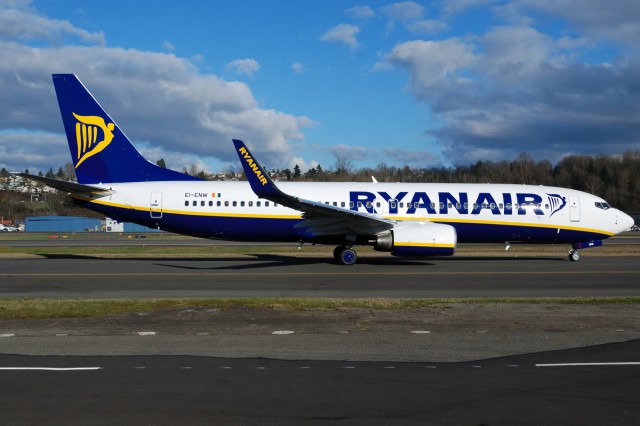
A Ryanair 737 taxis for a test flight at Boeing Field – Photo: Andrew W. Sieber | FlickerCC
Ryanair might soon start trans-Atlantic flights, but what does it mean?
At face value, this may seem like an earthshaking headline; after all, Ryanair has been either threatening or strongly implying that they will fly from various European airports to the United States.
But again, the truth is always in the details. Yes, Ryanair will be arriving on U.S. soil, but not tomorrow — not even next year. You see, the exact wording of the approval came in the form as part of their five-year plan.




